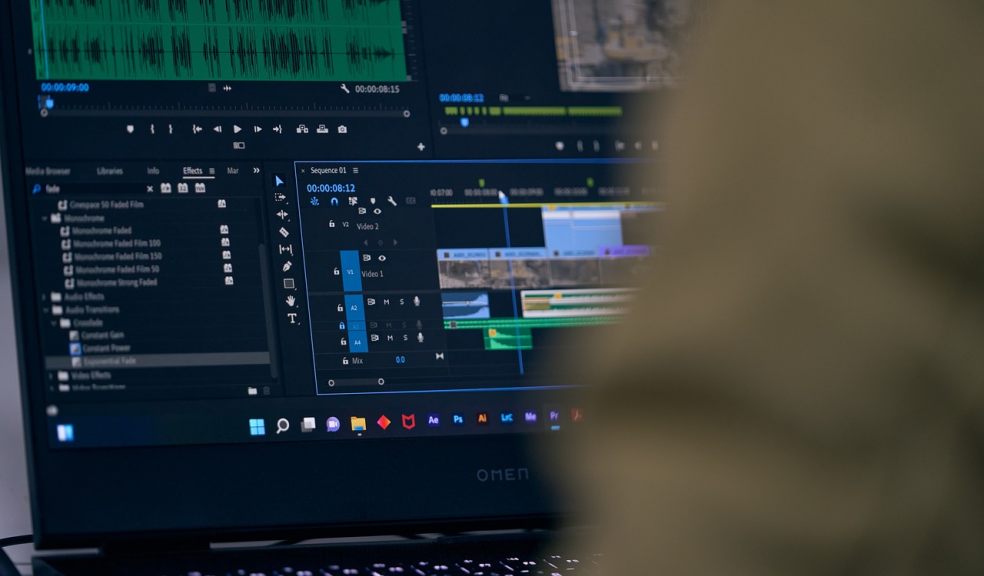
OpenAI’s Video Generator - Revolutionising Content Creation Across Key Sectors
In a groundbreaking move, OpenAI has made its AI video generator, Sora, publicly available in the United States. This powerful tool is set to democratise access to high-quality video creation, potentially reshaping how content is produced across various industries. Sora, a text-to-video generator, can create AI video clips based on user-written prompts, opening up new possibilities for creative expression and storytelling.
OpenAI’s Sora represents a significant leap forward in AI-generated content. By making this technology widely accessible, OpenAI is opening doors for businesses and creators to produce high-quality video content at scale, with unprecedented speed and cost-effectiveness.
The implications of this technology stretch far beyond simple video creation, promising to revolutionise how we approach visual storytelling, education, marketing, and more.
Sora’s capabilities are impressive, with the ability to generate videos up to one minute long based on detailed text descriptions. This advancement builds upon OpenAI’s previous successes, such as the popular chatbot ChatGPT and the image generation tool DALL-E, further solidifying the company’s position as a leader in the burgeoning AI market.
Entertainment & Media
The entertainment industry stands to benefit enormously from AI video generation. Film studios and content creators can use Sora to create trailers, animations, and interactive content more efficiently.
The technology could significantly reduce production costs, especially for visual effects and animation, potentially democratising high-quality video production.
Independent creators now have access to tools that were once the exclusive domain of well-funded studios, potentially levelling the playing field in the entertainment industry. Filmmakers can quickly visualise scenes or concepts before committing to full production, streamlining the creative process and allowing for more experimentation.
However, it’s important to note that while Sora’s capabilities are impressive, it still has limitations. Some reviewers, like tech reviewer Marques Brownlee, have pointed out that while Sora excels at landscapes and stylistic effects, it struggles with realistic depictions of basic physics. Film-makers who were given preview access have also noted strange visual defects in some outputs.
Education
AI video generators like Sora have the potential to transform the educational landscape. Educational institutions and e-learning platforms can create visually appealing and informative tutorials on complex subjects, making learning more engaging and accessible. They can generate immersive virtual experiences of historical events or far-off locations, bringing learning to life in unimaginable ways.
Content can be easily adapted for various learning styles, languages, and cultural contexts, making education more inclusive and accessible on a global scale. Dynamic simulations for scientific concepts or historical scenarios can be created, enhancing student engagement and understanding. This technology could be particularly beneficial in distance learning scenarios, providing rich, visual content to supplement online courses.
Marketing & Advertising
The marketing sector can leverage AI video generation for more personalised and efficient campaigns. Marketers can quickly create and iterate on video ads tailored to specific audience segments, improving targeting and engagement.
Realistic product demonstrations can be generated without the need for physical prototypes, saving time and resources in product development and marketing cycles.
The technology enables the creation of virtual influencers or augmentation of existing influencer content with AI-generated elements, opening up new avenues for brand partnerships and promotional strategies. Multiple versions of video content can be produced rapidly for A/B testing, allowing marketers to optimise their campaigns more effectively and respond quickly to market trends.
Real Estate
AI video generation offers exciting possibilities for the real estate industry, too. Agents can create detailed, immersive virtual property tours without the need for extensive on-site filming, saving time and expanding reach to potential buyers across geographical boundaries.
Quick production of 3D renderings and walkthroughs of properties still in development becomes possible, aiding in pre-sales and marketing efforts for new constructions. Video content for listings can be easily updated as property details change, ensuring that information is always current and accurate, which is crucial in the fast-paced real estate market.
iGaming
The iGaming industry can benefit from AI video generation in several ways. For instance, iGaming operators leverage AI-generated videos to create captivating promotions for mobile bingo sites and other platforms, enhancing user experience.
Personalised video campaigns can be used to highlight promotions such as no-wagering bonuses or exclusive tournaments, improving player retention and acquisition strategies.
Easy-to-understand walkthroughs for new games can be generated with Sora, improving player onboarding and reducing the learning curve for complex games. Realistic simulations of live gaming events or tournaments can be created, adding excitement and anticipation for players and potentially expanding the reach of iGaming to new audiences through more immersive content.
Challenges
While the potential of AI video generation is immense, it’s crucial to address the challenges and ethical considerations that come with this powerful technology.
As AI-generated videos become more realistic, there’s an increased risk of misinformation and deep fakes, necessitating robust verification systems and media literacy education.
The potential for misuse in creating disinformation, scams, and unauthorised deepfakes is a significant concern. There have already been instances of deepfake videos of political figures, highlighting the need for careful regulation and ethical guidelines in using this technology.
Traditional video production roles may be affected, requiring industry adaptation and reskilling to work alongside AI tools rather than being replaced by them. Questions around the ownership and copyright of AI-generated content must be addressed to protect creators and businesses, especially as the line between human-created and AI-generated content becomes increasingly blurred.
Ensuring the consistent quality and appropriateness of AI-generated content remains a challenge that will require ongoing attention and refinement of the technology. OpenAI has stated that they are implementing measures to block particularly damaging forms of abuse, such as child sexual abuse materials and sexual deepfakes, but the effectiveness of these measures will need to be closely monitored.
There are also concerns about the source of training data for AI models like Sora. The lack of transparency about the origin of the videos and images used to train the model raises questions about copyright and fair use, as well as potential biases that might be embedded in the training data.
The public availability of Sora marks a significant milestone in the development of AI-generated content. As technology continues to evolve and improve, we can expect to see even more innovative applications across various sectors. The key to success will be in how we as a society choose to implement and regulate these powerful tools, ensuring they enhance rather than replace human creativity and ethical considerations.

















